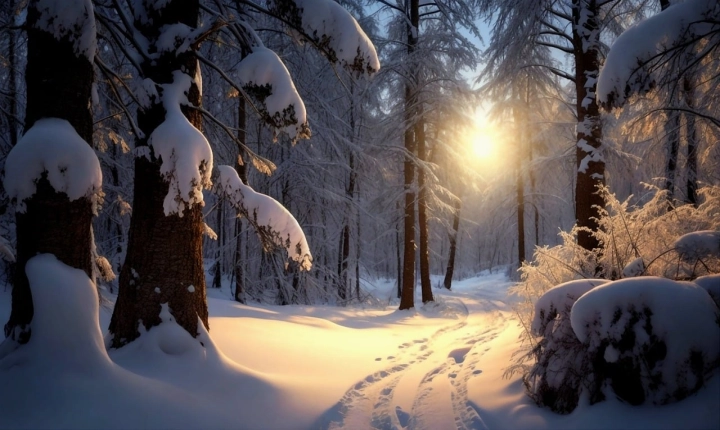Title: How to Create Better AI Art: Tips and Techniques
Artificial intelligence (AI) has revolutionized the way we create and appreciate art. With the help of sophisticated algorithms and deep learning technologies, AI has enabled artists to generate stunning and innovative artwork. However, creating compelling AI art that resonates with audiences requires a combination of technical expertise, artistic vision, and creative intuition. In this article, we’ll explore some tips and techniques for harnessing the power of AI to produce better art.
Understand the capabilities and limitations of AI: Before delving into AI art creation, it’s essential to understand the capabilities and limitations of the technology. AI algorithms excel at pattern recognition, image processing, and data analysis, but they still lack the intuitive and emotional aspects of human artistic expression. By grasping the strengths and weaknesses of AI, artists can leverage its computational prowess while infusing their own creative sensibilities.
Experiment with different AI art tools: There are numerous AI-powered art tools and platforms available, each with its own unique features and capabilities. Some popular options include DeepArt, Prisma, and RunwayML, which provide a range of algorithms and filters for transforming images, generating abstract patterns, and simulating different artistic styles. Experimenting with various AI art tools can help artists discover new possibilities and expand their creative repertoire.
Combine AI with traditional artistic techniques: While AI can generate stunning visual effects and patterns, it’s important to integrate these outputs with traditional artistic techniques to create holistic and engaging artwork. Artists can use AI-generated images as a starting point for their creative process, combining them with hand-drawn elements, painting, or mixed media to add depth and richness to the final piece. This fusion of AI and traditional art techniques can result in compelling and dynamic compositions.
Refine and customize AI models: Many AI art tools allow users to customize and refine the underlying algorithms to produce more personalized and distinctive results. By tweaking parameters, adjusting settings, and training models on specific datasets, artists can tailor AI algorithms to align with their artistic vision and aesthetic preferences. This level of customization enables artists to create AI art that is truly unique and reflective of their individual style.
Explore interdisciplinary collaboration: Collaborating with experts in AI, machine learning, and computer vision can offer artists valuable insights and resources for enhancing their AI art practice. By partnering with researchers, engineers, and technologists, artists can gain access to cutting-edge AI methodologies, computational tools, and advanced algorithms that can elevate the quality and sophistication of their artwork. Interdisciplinary collaboration can also foster innovation by blending diverse perspectives and expertise.
Embrace the iterative process: Creating compelling AI art often involves an iterative and experimental approach, where artists continuously refine and iterate on their ideas, techniques, and outputs. By embracing this iterative process, artists can refine their AI art practice, explore new possibilities, and push the boundaries of what’s technologically and artistically achievable. This willingness to iterate and evolve is essential for continuous growth and innovation in the realm of AI art.
In conclusion, the intersection of AI and art presents a wealth of opportunities for creative exploration and expression. By leveraging AI tools and techniques, artists can produce captivating and thought-provoking artwork that pushes the boundaries of visual aesthetics. Whether it’s integrating AI-generated patterns with traditional art media or collaborating with experts in the field, the quest for better AI art is a journey of discovery, experimentation, and artistic evolution. With the right approach and mindset, artists can unlock the full potential of AI to create mesmerizing and impactful artwork.
